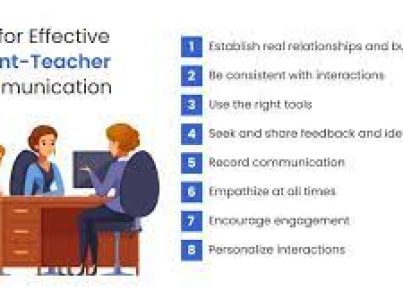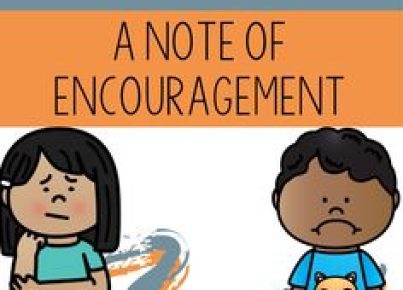The success of students in the educational system isn’t solely dependent on classroom instruction or the resources provided to them; it is heavily influenced by the communication that takes place between parents and teachers. Effective parent-teacher communication is a cornerstone of facilitating better learning experiences and outcomes for students.
Communication between parents and teachers allows for a two-way exchange of information. Teachers provide insights into the child’s performance, behavior, and areas for improvement, while parents can offer personal observations and contribute to a deeper understanding of the child’s needs, preferences, and potential issues at home that may be affecting their academic life. This open dialogue ensures that both parties are working towards the same goal: the child’s educational success.
Teaching resources that encourage regular and constructive communication can significantly enhance this partnership. These resources may include progress reports, newsletters, digital communication platforms (such as classroom blogs or school apps), parent-teacher conference schedules, questionnaires for parent feedback, and guidelines for effective communication practices.
Digital tools have revolutionized the way in which parents and teachers interact by providing immediate, real-time updates on a student’s progress through platforms that are easily accessible from anywhere. This ensures that parents stay informed about their child’s academic status, upcoming assignments, attendance records, and school events.
Moreover, teachers who utilize these teaching resources report greater parental engagement in homework routines, school activities, and overall support in their children’s education. This collaborative approach helps build trust between parents and teachers – trust that is imperative if any concerns or issues arise.
Parent-teacher communication teaching resources also often include strategies to help educators reach out efficiently to non-English-speaking families or to those who might not have consistent access to technology. These strategies ensure inclusivity so that all students receive equal support from their home environments regardless of background or socioeconomic status.
Recognizing the importance of this collaboration has led many schools to invest time in training their staff on how to effectively use these resources so they can proactively involve parents in their children’s education. Parents too can benefit from guidance on how best to communicate with educators to foster an environment where questions are encouraged, feedback is constructive, and support is mutual.
In summary, parent-teacher communication teaching resources are invaluable tools for enhancing student learning. They create a strong foundation for sharing information effectively; provide avenues for increased parental involvement; promote inclusivity among diverse family backgrounds; and ultimately contribute to a more supportive and collaborative educational experience for students. Implementing these resources is therefore an essential aspect of modern-day teaching strategies aimed at ensuring academic success through strong community partnerships.





